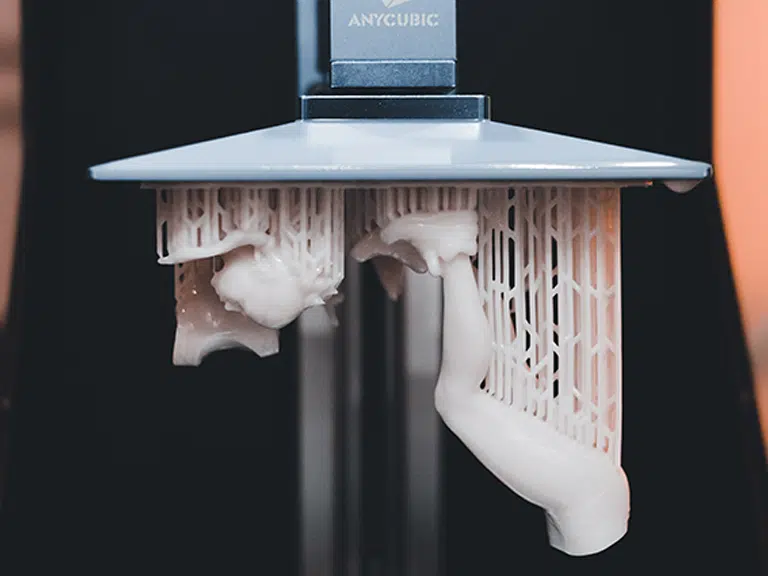3D printing technology has revolutionized various industries by allowing individuals and businesses to bring their ideas to life in tangible forms. Two popular methods within the 3D printing realm are Fused Deposition Modeling (FDM) and Stereolithography (SLA). Both techniques have their own strengths and weaknesses, making the decision of which one to choose crucial for the success of your project. In this article, we’ll explore the differences between FDM and SLA to help you make an informed choice for your 3D printing endeavor.
Fused Deposition Modeling (FDM)
FDM is one of the most commonly used 3D printing methods. It involves extruding melted filament, typically made of materials like PLA or ABS, through a heated nozzle that deposits layer by layer to create the final object. FDM printers are known for their affordability, ease of use, and versatility. Here’s why you might choose FDM for your project:
- Cost-Effective: FDM printers are generally more budget-friendly, making them accessible for hobbyists, small businesses, and educational institutions.
- Material Variety: FDM supports a wide range of materials, from standard plastics to specialized filaments infused with wood, metal, or even conductive particles.
Stereolithography (SLA)
SLA utilizes a different approach, utilizing liquid photopolymers that solidify when exposed to a specific wavelength of light, usually ultraviolet (UV) light. A build platform is lowered into the resin, and a UV laser traces the pattern of the layer, solidifying the resin and creating the desired shape. SLA printers offer exceptional detail and surface finish. Here’s when you might lean towards SLA for your project:
- High Precision: SLA printers are known for their unparalleled level of detail and precision, making them ideal for projects that demand intricate and accurate designs.
- Smooth Surface Finish: SLA prints typically have a smoother surface finish compared to FDM prints, which can be crucial for projects requiring a polished look.
- Diverse Applications: SLA is preferred in fields like jewelry, dentistry, and prototyping where intricacy and precision are paramount.
Considerations for Your Project
- Complexity and Detail: If your project involves intricate details or fine features, SLA might be the better choice due to its superior precision.
- Budget: FDM printers are more budget-friendly, making them suitable for those on a tight budget.
- Material Requirements: Consider the properties of the materials available for each printing method and how well they match your project’s requirements.
- Print Speed: FDM tends to be faster than SLA, which might be important for larger volume productions.
Conclusion
When it comes to choosing between FDM and SLA for your 3D printing project, there’s no one-size-fits-all answer. Each method has its own advantages and disadvantages, so it’s important to evaluate your project’s specific needs and your budget. FDM is great for cost-effective versatility and larger prints, while SLA shines in delivering intricate detail and a polished finish. By carefully considering your project’s requirements, you can make an informed decision that aligns with your vision and goals.
